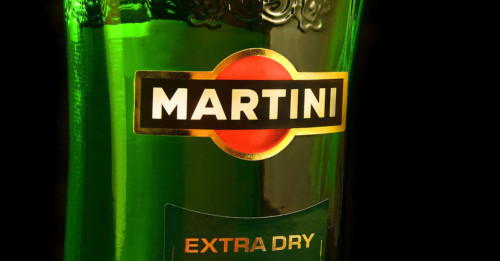Vermouth Essential Info
- Color: Clear, pale straw, blood orange to brownish red
- Region: Traditionally made in Italy and France
- ABV: 15%-18%
- Aged: Not typically
- Made from: Fortified wine (wine and a neutral spirit), plus herbs, spices, aromatics, especially wormwood
- Commercial Examples: Carpano, Martini & Rossi, Noilly Prat, Cinzano, Dolin, Cocchi
- Popular Cocktails: Manhattan, Martini, Negroni, Rob Roy, Gibson, Vesper, Martinez, Blood and Sand, Corpse Reviver #2
You know about absinthe, right? How it’s supposed to make you hallucinate because of that magical ingredient, wormwood? (It doesn’t). Turns out “vermouth” is actually named for wormwood, one of its historic ingredients (the German for wormwood being “wermut,” and the rest is garbled history).
Modern day vermouth is actually less of a vehicle for wormwood (though it may be one of the ingredients) and in fact is a far cry from the old dusty bottles of “dry” and “sweet” vermouth you may have seen wasting away on a neglected liquor store shelf, thanks in large part to a renaissance in distilling and increasing interest in mixology. (If you get into cocktails or want to build a bar, you’ll realize pretty quickly that vermouth is an essential player…)
Technically, vermouth isn’t a spirit but a fortified wine—a flavored, aromatized wine that’s had its ABV boosted with some kind of neutral alcohol (e.g. clear grape brandy) and been flavored with a variety of herbs, botanicals, and spices. Historically, the way vermouth was flavored categorized it as either red (associated with Italy) or white/dry (associated with France). Carpano Classico is the classic red vermouth (Antonio Carpano is thought to have come up with the term “vermouth”), with dark, rich flavors like cocoa, wine, spice, toffee, herbs, etc., all intermingling with a slightly bitter edge. Carpano Antica is the classic recipe “alla vaniglia,” or with vanilla added.) Dolin Blanc, on the other hand, is a classic French white vermouth made with herbs and botanicals from the Chambery region of France. And Noilly Prat’s Extra Dry vermouth combines 20 herbs and spices for a complex, floral, fruity (and fully clear) vermouth with a bracingly dry finish. And then there are vermouths like Carpano’s Punt e Mes, which actually has a bittersweet flavor profile likening it to bitter amaros.
Complex as this is, it isn’t even the end of the story. Craft distilling not only has a greater variety of classic (and new) vermouth products on the market, but renewed interest in other fortified, aromatized wines like Cocchi Barolo Chinato (historically medicinal and aggressively flavored, like Fernet, with start ingredient quinine backed up by gentian, rhubarb, cardamom, etc.) and Americano (so-named because “amer” means bitter, also with quinine, gentian, and citrus). These are all strongly flavored, so something like a classic vermouth might be a good place to start—read up on a few brands, decide if you’re looking for cocktail ingredients or something to sip on its own (or both), and buy accordingly.
Header image via Pecold / Shutterstock.com
